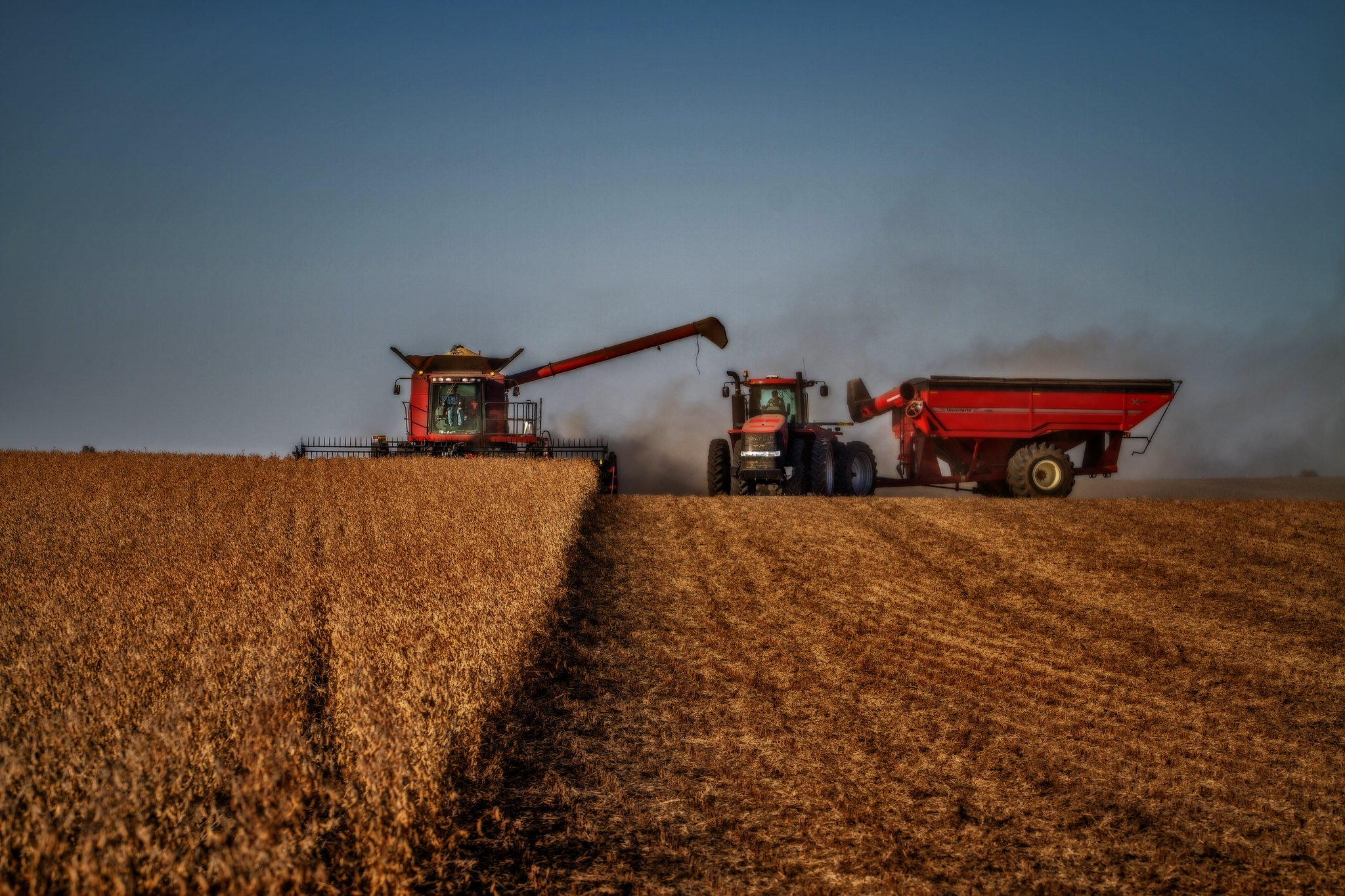How does Chinese consumption impact the Amazon Rainforest?
China is by far the world’s largest importer of soy, which is used mostly as feed for pigs. Brazil is the second largest soybean producer in the world, thanks to the abundant Amazon Rainforest, and the vast majority of Brazilian soy ends up in China.
In recent years, as the trade war between the United States and China threatened to disrupt Chinese soy supplies, Beijing began making big investments in Brazil. This includes a potential new railway — the so-called “grain train” — that would link Brazilian soy fields to its ports. The problem is, from an environmental point of view, these fields are mostly in the heart of the lush Amazon Rainforest.
As Chinese demands for Brazilian soy have increased, so too has the pace of deforestation.
Melissa Chan co-authored a piece in The Atlantic that examines the impact that Chinese demand for soy is having on the Amazon Rainforest. The piece, titled: China Wants Food. Brazil Pays the Price, was supported by the Pulitzer Center. Melissa Chan’s co-author is Heriberto Araujo.
We kick off discussing the significance of a single road in the Amazon called BR-163, before having a broader conversation about the relationship between China, Brazil, soybeans and climate change.
This is one of those stories that has such immense explanatory power that touches on geopolitics, the rise of China and the power of Chinese consumers, and of course, climate change.
Get the Global Dispatches Podcast
Apple Podcasts | Google Podcasts | Spotify | Stitcher | Radio Public
To view a transcript of this episode, go here.
